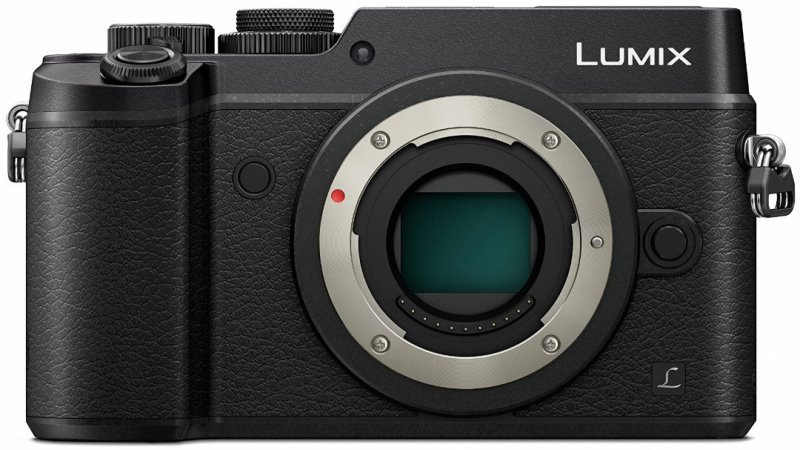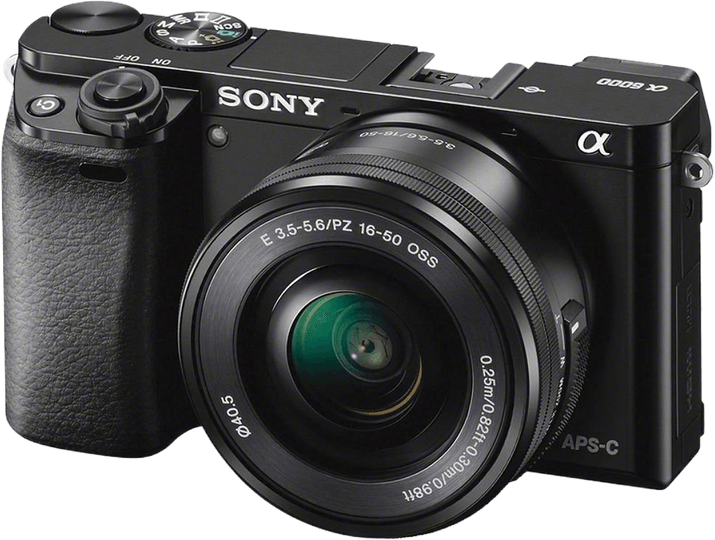Panasonic Lumix DMC-GX8 vs Sony a6000 Comparison
Panasonic Lumix DMC-GX8

Sony a6000

The Panasonic Lumix DMC-GX8 emerges as the winner with a score of 63/100, while the Sony a6000 trails behind at 57/100. Both cameras are mirrorless and were released in the mid-2010s, with the Panasonic in 2015 and the Sony in 2014. They share similar camera sizes and weights, but the Panasonic is slightly larger and heavier.
The Lumix DMC-GX8’s higher score indicates its superior performance and features compared to the Sony a6000. On the other hand, the Sony a6000 has the advantage of a lower launch price, making it more affordable for budget-conscious consumers.
Considering the scores and specifications, the Panasonic Lumix DMC-GX8 is the better option for those seeking higher performance and features, while the Sony a6000 is a more budget-friendly choice.
Panasonic Lumix DMC-GX8 vs Sony a6000 Overview and Optics
The Sony a6000 emerges as the winner in the optics comparison with a score of 67/100, closely followed by the Panasonic Lumix DMC-GX8 at 65/100. Both cameras share some common specifications such as having a CMOS sensor and a shooting speed of 10 for the GX8 and 11 for the a6000.
The Sony a6000 excels with its 24.3 megapixels, APS-C sensor size, and a higher DXOMARK score of 82 for the sensor. These features contribute to better image quality and detail resolution compared to the GX8. Additionally, the a6000 utilizes the Bionz X processor and has a lens mount compatible with Sony E lenses.
On the other hand, the Panasonic Lumix DMC-GX8 has its advantages as well. With a 20.3-megapixel count, it offers a respectable resolution. The GX8 also features a Venus Engine processor, Micro Four Thirds sensor size, and a lens mount compatible with Micro 4/3 lenses. A standout feature of the GX8 is its image stabilization, which the a6000 lacks. This can help photographers capture sharper images in challenging conditions. The GX8 also has a 4:3 aspect ratio, which may be preferred by some users.
While the Sony a6000 takes the lead in this optics comparison, the Panasonic Lumix DMC-GX8 remains a strong contender, offering image stabilization and a different aspect ratio. Ultimately, the choice between these two cameras will depend on individual preferences and the specific needs of the photographer.
Panasonic Lumix DMC-GX8 vs Sony a6000 Video Performance
The Panasonic Lumix DMC-GX8 outperforms the Sony a6000 in video capabilities, with a score of 70/100 compared to the a6000’s 56/100. Both cameras share some common specifications, such as the ability to shoot video in various formats and frame rates. However, the Lumix GX8 offers superior video quality and additional features that set it apart from the a6000.
One of the most notable advantages of the Lumix GX8 is its maximum video resolution of 4K (3840 x 2160), while the a6000 only offers Full HD (1920 x 1080). This means that the GX8 can capture videos with higher detail and clarity, making it a better choice for those who prioritize video quality. Additionally, the Lumix GX8 has a built-in time-lapse functionality, which allows users to create stunning time-lapse videos without the need for additional software or accessories.
On the other hand, the Sony a6000 does have a higher maximum video frame rate of 60fps, compared to the GX8’s 25fps. This allows the a6000 to capture smoother motion in video, particularly in fast-paced action scenes. However, this advantage is somewhat offset by the lower overall video resolution, as the Full HD video may not appear as crisp or detailed as the 4K video captured by the GX8.
Taking these factors into consideration, the Panasonic Lumix DMC-GX8 is the clear winner in terms of video capabilities. Its 4K video resolution and built-in time-lapse functionality make it a more versatile and powerful option for videographers. While the Sony a6000 does offer a higher frame rate, it falls short in overall video quality and features, making it less suitable for those who prioritize video performance.
Panasonic Lumix DMC-GX8 vs Sony a6000 Features and Benefits
The Panasonic Lumix DMC-GX8 outperforms the Sony a6000 in terms of features, with a score of 70/100 compared to the Sony’s 41/100. Both cameras share some specifications, such as a 3-inch screen size, the absence of GPS, and the inclusion of WiFi connectivity. They also both have flip screens, which are useful for capturing images from different angles.
The Lumix DMC-GX8 has a higher screen resolution of 1,040,000 dots, compared to the a6000’s 921,600 dots. This means the GX8’s screen displays sharper and clearer images. Additionally, the GX8 has a touchscreen, allowing users to navigate menus and adjust settings more easily. The Sony a6000, on the other hand, does not have a touchscreen.
While the Sony a6000 does not surpass the Lumix DMC-GX8 in any specific feature, it still holds its own as a solid camera choice. Its flip screen and WiFi capabilities match those of the GX8, and its screen resolution is not far behind. However, the lack of a touchscreen is a notable disadvantage when comparing the two cameras.
When considering the features of these cameras, the Panasonic Lumix DMC-GX8 is the clear winner. Its higher screen resolution and touchscreen functionality make it a more user-friendly and visually appealing choice. The Sony a6000 remains a viable option, but potential buyers should be aware of the added benefits offered by the Lumix DMC-GX8.
Panasonic Lumix DMC-GX8 vs Sony a6000 Storage and Battery
The Panasonic Lumix DMC-GX8 and the Sony a6000 both score 21/100 in storage and battery. These cameras share common specifications like having one memory card slot and no USB charging. Both accept SD, SDHC, and SDXC memory cards for storage.
The Sony a6000 has a slight advantage in battery life, offering 360 shots compared to the Panasonic GX8’s 330 shots. This difference in battery life can be beneficial for longer shooting sessions. Additionally, the Sony a6000 accepts Memory Stick Pro Duo and Pro-HG Duo cards, providing more storage options for users.
However, the Panasonic GX8 holds its ground with a similar battery life and storage capabilities. Despite the Sony a6000’s slightly longer battery life, both cameras perform comparably in terms of storage and battery.
Considering the equal score and specifications, the Panasonic Lumix DMC-GX8 and the Sony a6000 are evenly matched in storage and battery performance. Users can expect similar experiences with either camera concerning these aspects.
Panasonic Lumix DMC-GX8 vs Sony a6000 – Our Verdict
Are you still undecided about which camera is right for you? Have a look at these popular comparisons that feature the Panasonic Lumix DMC-GX8 or the Sony a6000:

